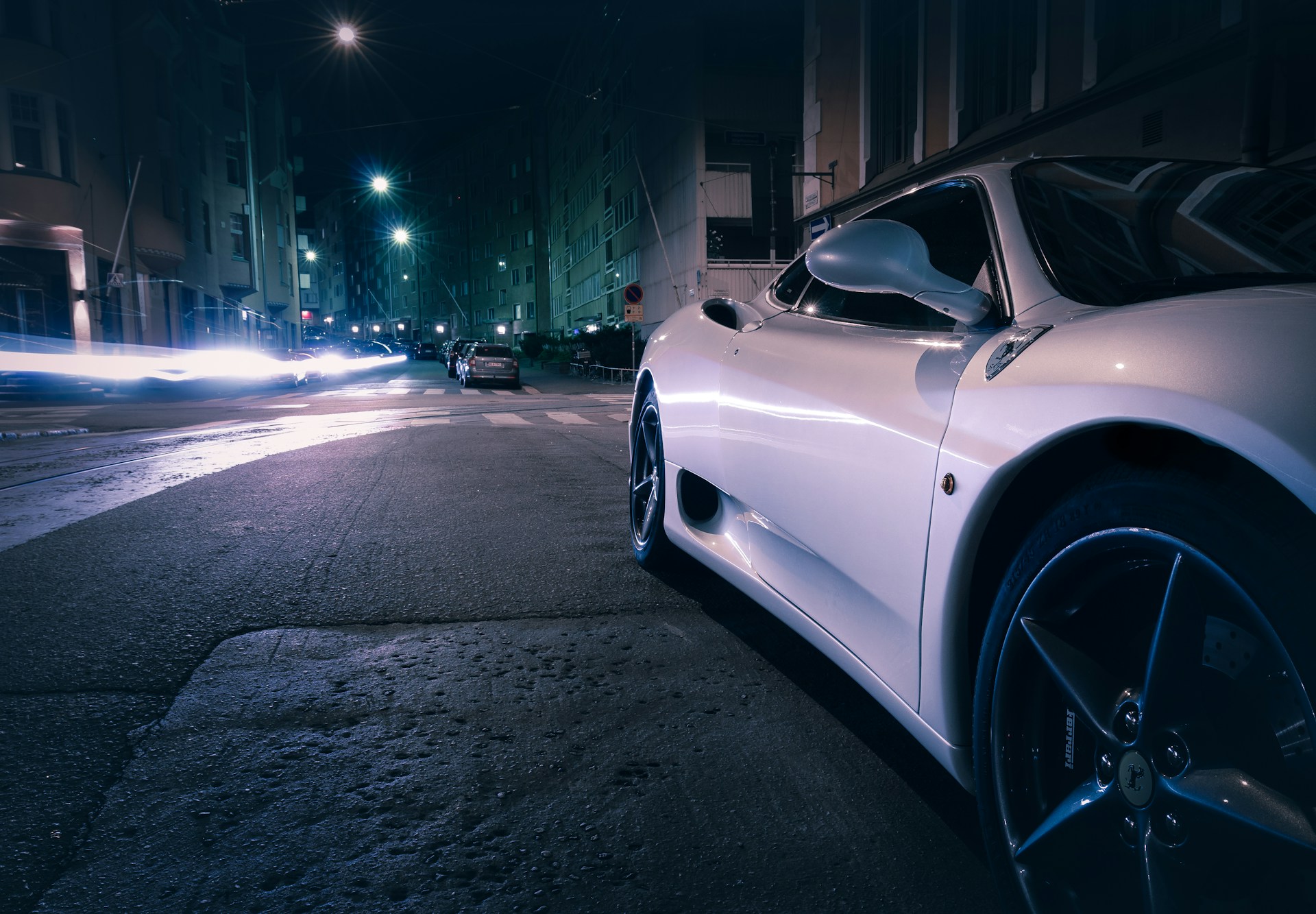
Lighting technology has always been a critical component of road safety. You simply can’t drive at night without functional headlights, as this may put you, your passengers, and other drivers in danger. Systems like the Vauxhall Insignia xenon headlight unit are a great example of how advanced designs enhance visibility and reduce risks. These headlight units combine precision engineering and powerful illumination to help drivers move safely at night or in adverse weather.

Photo by Joakim Honkasalo on Unsplash
H4 vs. H7 Bulbs
H4 and H7 bulbs differ significantly in design and functionality. According to AUTODOC, the main differences between these two types of bulbs are rooted in their construction and purpose. H4 bulbs feature a dual-filament design, which allows a single bulb to provide both low and high beams. This dual functionality makes H4 bulbs a compact and versatile option, particularly suitable for vehicles that prioritise simplicity and space efficiency.
H7 bulbs, in contrast, have a single filament and are typically designed for one specific function — either low or high beam. They deliver a brighter and more focused light. This sharper illumination improves visibility in challenging conditions and enhances the driver’s ability to spot hazards earlier. The use of H7 bulbs also minimises the scatter of light. With this, oncoming traffic is not dazzled, which is particularly crucial for night driving.
Tips for Bulb Replacement and Headlight Maintenance
Replacing and maintaining car bulbs correctly is essential for optimal performance and safety. When dealing with H4 or H7 bulbs, following these tips can make a significant difference:
- Check compatibility: The replacement bulbs must be compatible with your vehicle’s specifications. Refer to the car manual or consult a trusted expert for guidance.
- Choose certified products: Use only certified bulbs from reputable manufacturers. Non-certified products may not meet safety standards, which can lead to inadequate performance or rapid failure.
- Ensure proper installation: Incorrectly installed bulbs can result in misaligned headlights, reduce visibility, and potentially dazzle other drivers. Adjust the headlight aim carefully after installation.
- Inspect headlight units: Clean the headlight covers regularly to prevent dirt and fogging, which can scatter light and reduce brightness. Replace damaged or worn-out headlight units promptly.
- Monitor bulb lifespan: Replace bulbs in pairs to ensure balanced light output and avoid uneven illumination.
Why Proper Lighting Matters for Safety

Photo by Minku Kang on Unsplash
Statistics emphasise the critical role of effective car lighting in preventing accidents. Poor visibility accounts for a significant proportion of road collisions, especially at night. Additionally, according to the RAC, about 74% of UK drivers report being regularly dazzled by bright lights. This creates a significant problem, as almost 15% of drivers aged 65 or more had to stop driving at night because of dazzling.
Drivers can take steps to reduce these risks and improve road safety. Regular checks of headlight alignment help ensure beams are not directed too high or too low, which minimises glare for oncoming traffic. Upgrading to modern bulbs, such as H7 or LED types, enhances clarity and reduces strain on the eyes.
